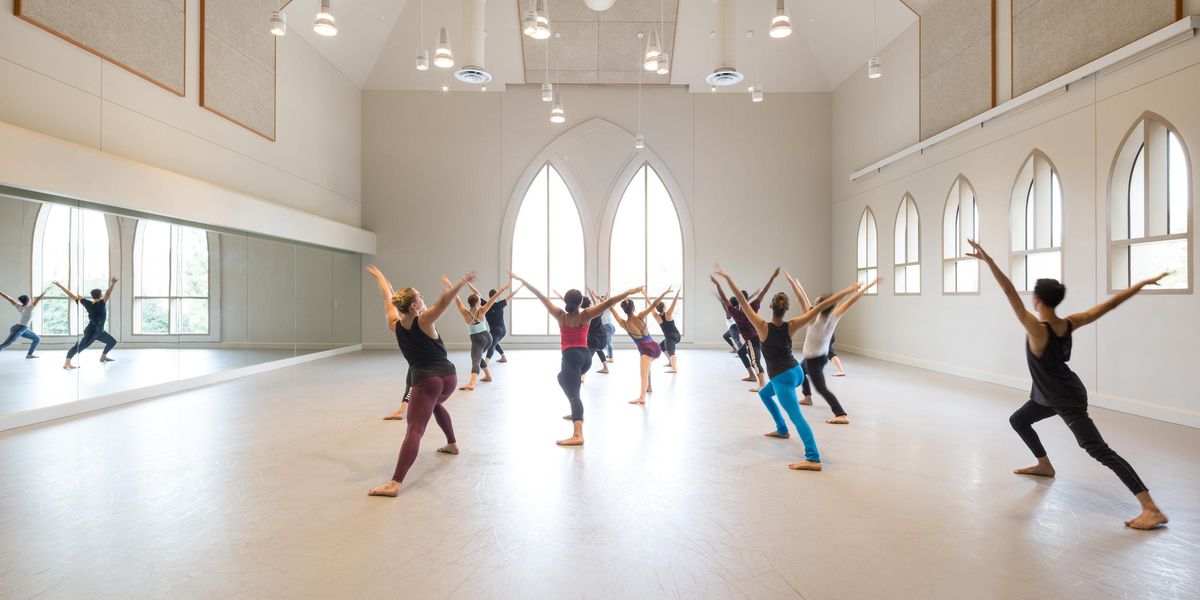Advice for Dancers: Bad Reviews Gone Good
How to use them to your advantage, plus advice about onstage injuries and why you shouldn’t play doctor
My best friend is devastated from receiving a bad review. I applaud her for swearing off reading future reviews but wonder if she might have gained useful information if she hadn’t taken it to heart. Can we dancers ever learn from a bad review? —BFF, New York, NY
It depends on whether you can analyze the review without putting your self-esteem on the line. Some dancers are more sensitive to criticism than others. Learned helplessness, where you fail to see how to fix problems, can make imperfections difficult to face. Deciding which comments are useful may also be challenging, given that critics have their own biases. Fortunately, a trusted coach can help. I do know principal dancers who used negative reviews about crooked elbows and cutesy interpretations to become better artists. That said, it’s okay to ignore reviews if they mess with your head.
Why do most of my serious injuries happen onstage? I’m very careful to stay in shape, know my part and warm up before I dance. It doesn’t seem fair when something dumb happens during a performance, like getting dropped on my butt and bruising my tailbone. —Katy, Chicago, IL
The latest research found that over half of acute injuries occur onstage and most are due to factors outside of your control. Accidents are most often caused by mishaps with your partner. In general, partnering tends to injure a woman’s ribs when she’s lifted off balance from the waist, and men often pull their shoulders or backs during lifts. Adequate rehearsals with your partner can help you fine-tune your movements. Dance floors and props can also lead to injuries, so it helps to be proactive to reduce these risks. A dance floor should be clean of debris and neither too sticky nor too slippery. And informing your director/choreographer about awkward props may hopefully result in some beneficial adjustments. Of course, you can also be dropped, as in your case. A bruised tailbone, or coccyx, can be quite painful and slow to heal. While you usually can still dance, you’ll probably need to sit upright on a hard chair to keep your tailbone from touching the seat’s surface until you recover.
Is it bad when you hurt the muscle in the middle of your arch? I kicked my own foot during an audition and the ache isn’t going away. I’ve tried everything to make it better—massage, manipulation and reflexology. Nothing’s helped. What should I do next? —Sam, Queens, NY
How about seeing an orthopedist? Pain that lasts for five or more days requires a medical diagnosis. Since dancers are typically stoic, you may be inclined to try to treat it yourself. But this strategy could allow a small problem to become a big one. In this situation, you’re treating a muscle that rarely gets injured because it’s blocked by bone. A more likely scenario is that you kicked the navicular bone in your instep. While there are normally 28 bones in the human foot, some people have an extra bone in that area, known as the accessory (extra) navicular. If you have one, there is a 50 percent chance of having it in the other foot. Although it’s possible to never know it’s there unless you have an X-ray, it may become painful after a minor contusion. This type of injury may heal with immobilization, though it could continue to hurt, become a major problem and require surgery. So please make an appointment with a dance medicine specialist and get appropriate treatment. Like most physical problems, the prognosis is better when it is diagnosed and handled early.




